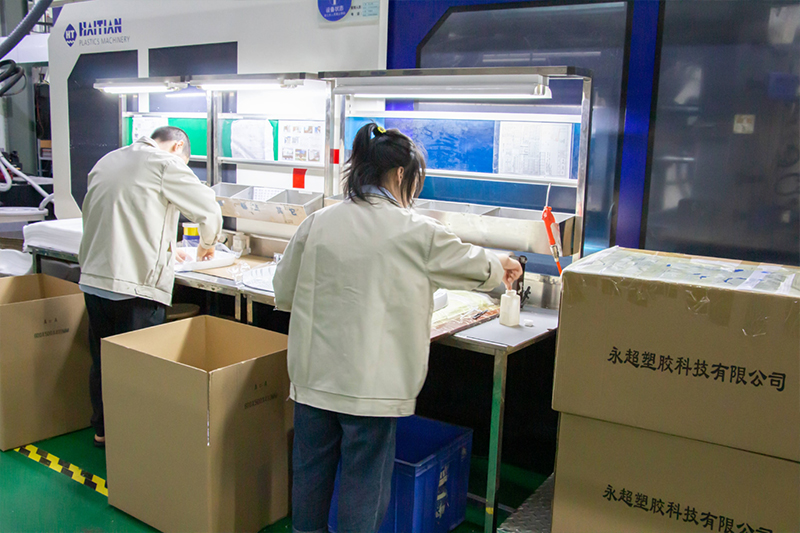What are the two categories of precision mold processing?
Precision mold processing can be divided into two categories: metal mold processing and non-metal mold processing. The following is a detailed introduction to these two categories:
First, metal mold processing:
1. Metal mold processing refers to the processing process of using metal materials to make molds. Metal molds are widely used in various industries, such as automobiles, electronics, home appliances, aerospace and so on.
2, the characteristics of metal mold processing are as follows:
(1) High strength and wear resistance: Metal molds are usually made of high-strength metal materials, can withstand greater pressure and friction, and have a long service life.
(2) High precision and stability: metal mold processing has high precision processing capabilities, can meet the processing requirements of complex parts, and maintain stable processing accuracy during long-term use.
(3) Versatility: Metal mold processing is suitable for the processing of various materials, including steel, aluminum, copper and other metal materials, to meet the needs of different industries.
(4) Higher cost: Metal mold processing usually requires higher equipment investment and processing costs, but due to its high efficiency and long life, the production cost of the product can be reduced.
Second, non-metal mold processing:
1. Non-metallic mold processing refers to the processing process of using non-metallic materials to make molds. Non-metal molds are mainly used in the processing of plastics, rubber and other materials, common injection molds, die casting molds and so on.
2, the characteristics of non-metal mold processing are as follows:
(1) Lightweight and corrosion resistance: non-metallic molds are usually made of lightweight materials, such as plastics, resins, etc., which have good corrosion resistance and are suitable for a variety of complex environments.
(2) Flexibility and plasticity: non-metallic mold processing has high flexibility and plasticity, and can be customized according to the needs of products to meet the processing requirements of different shapes and sizes.
(3) Low cost and fast production: compared with metal mold processing, non-metal mold processing usually has lower equipment investment and processing costs, and the production cycle is shorter, which can quickly meet the needs of customers.
(4) Relatively low processing accuracy: due to the material characteristics of non-metallic molds, their processing accuracy is relatively low compared with metal molds, and it is not suitable for some processing scenarios with high precision requirements.
In summary, metal mold processing is suitable for product processing with higher requirements for strength and precision, while non-metal mold processing is suitable for product processing with higher requirements for cost and production cycle. According to different needs and material characteristics, choosing the right mold processing method can improve production efficiency and product quality.
Post time: Jul-21-2023





